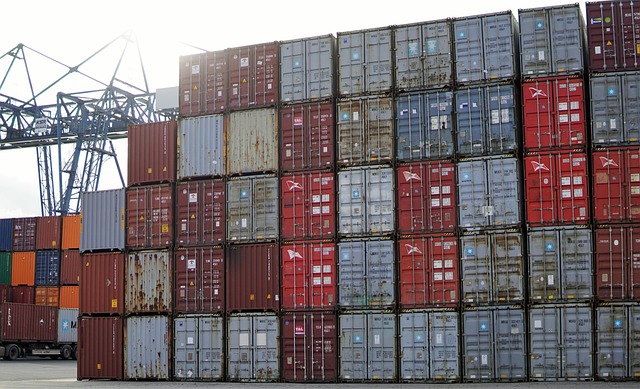-
Cebu ports handled 7% more cargoes in 2022 than in 2021
-
The 2022 figure of 66.3 million metric tons also surpassed pre-pandemic volumes
-
Container traffic grew 2.5%, shipcalls surged 30.4%, and passenger volumes soared 198.4%
-
Cebu Port Authority expects an average of 6-7% annual rise in cargo throughput from 2023-2025
Cebu ports saw cargo volumes rise 7% in 2022 to 66.3 million metric tons (MT) from 61.99 million MT in 2021, according to the Cebu Port Authority (CPA).
The latest figure was also higher than pre-pandemic volumes of 58.99 million MT in 2019 and 55.92 million MT in 2018, according to the presentation of CPA port manager Bernard Macuto during the recent Cebu leg of the PortCalls Visayas and Mindanao Shipping Conference and Exhibit in Cebu City.
CPA manages the Cebu baseport, which includes the Cebu International Port and domestic zone, and five subports, namely, Mandaue, Danao, Sta. Fe, Toledo and Argao.
From 2023 to 2025, Macuto said CPA expects a 6-7% annual increase in cargo throughput.
For this year, the target volume is 70.62 million MT, increasing to 74.93 million MT in 2024 and 79.24 million MT in 2025.
Of the total 2022 volumes, Macuto said domestic cargoes represented 52.131 million MT, 10% more tan the 47.33 million MT recorded in 2021.
Foreign cargoes, however, declined 3.3% to 14.17 million MT last year from 14.66 million MT in 2021 while export shipments dropped 28%.
CPA recorded a dip in cargo and container volumes only in 2020, at the height of the pandemic.
Dolomites remained the top export commodity in Cebu ports, followed by copper concentrate, scrap iron and steel; handicraft, dried mango, activated carbon, plant pots, furniture, corrugated papers, and fish nets.
The usual top import commodity — coal — was also unchanged in 2022. It was followed by wheat, clinker, iron and steel products; construction materials and home furnishings/decors; electrical/electronic tools, gadgets, and hardware; trucks and vehicle replacement parts; animal feeds and feeds components; frozen meat and marine products; and chemicals and plastics.
The leading domestic outbound products last year were cement, beer, dolomite, iron and steel products; and copra. The top domestic inbound products were aggregates/sand and gravel; petroleum products, gypsum, beer, and coal.
Container traffic up 2.5%
Container traffic in 2022 improved 2.5% to 937,051 twenty-foot equivalent units (TEU) from 914,111 TEUs in 2021.
Domestic containers reached 504,080 TEUs, 5.4% more than 478,289 TEUs recorded in 2021. Foreign containers, meanwhile, dipped 0.65% to 432,971 TEUs from 435,822 TEUs as import boxes declined 1.9%.
Domestic rolling cargoes grew 35% in 2022 to 1.54 million from 1.14 million in 2021.
CPA expects a 2% increase in container throughput in 2023 to 959,992 TEUs, growing further to 982,933 TEUs in 2024 and 1.01 million TEUs in 2025.
Shipcalls to Cebu ports increased 30.4% to 112,501 in 2022 from 86,297 in 2021 as domestic shipcalls jumped 30.8% and even as foreign shipcalls decreased 5%.
Passenger traffic surged 198.4% last year to 14.92 million from 5 million in 2021, though still far from pre-pandemic the levels of more than 20 million.
For 2023 to 2025, shipcalls are forecast to increase between 16% and 23% while passenger traffic is forecast to grow 18% to 22%. – Roumina Pablo









